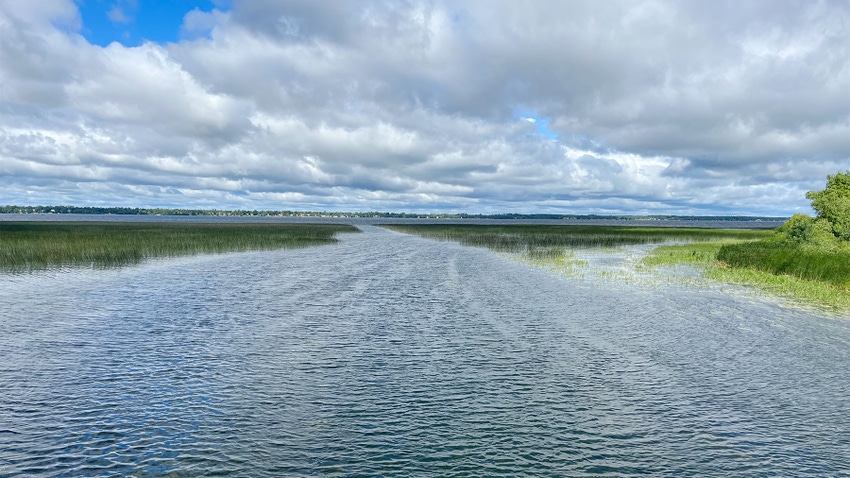February 16, 2024

Many will be familiar with the subject of hypoxia, or low oxygen, in the northern Gulf of Mexico.
This phenomenon occurs seasonally, peaking in summer, due to stratification or layering. Heavier saltwater sits at the bottom, with lighter freshwater on top. When these layers do not mix well, the bottom waters can become depleted of oxygen, to the point that fish will evacuate the area, while bottom-dwellers that cannot move far enough or fast enough are likely to perish.
Over 20 years ago, the U.S. Environmental Protection Agency formed the Hypoxia Task Force to address Gulf hypoxia. In 2001, this task force agreed to meet a coastal goal of reducing the size of the hypoxic zone in the northern Gulf to a five-year annual average of less than 2,000 square miles by 2015, subject to the availability of resources.
The Hypoxia Task Force also includes nutrient loading goals for nitrogen and phosphorus. The task force tracks reductions in nutrient loading from major Mississippi River Basin rivers as measured against the average nitrogen and phosphorus loads delivered to the Gulf during the baseline period from 1980 to 1996.
Specific to nitrogen, the task force has a goal of reducing nitrogen loading to the Gulf from the 1980-96 baseline period by 45%, with an interim goal of a 20% reduction by 2025.
In December, the Mississippi River-Gulf of Mexico Watershed Nutrient Task Force submitted its 2023 report to Congress, showing progress on reducing nitrogen loads and noting that as of 2022, “the task force has met its 2025 interim target to reduce total nitrogen loads by 20%.”
As stated in the report, �“This is a key finding, because it shows that improving the alignment of nutrient management with crop needs has slowed the rate of nutrient balance increases.”
The report notes that “farmer use of advanced nutrient management technology, more efficient conservation tillage, and structural practices such as terraces, grass waterways and filter strips contribute to this improvement.”
Zone decreasing in size
The ultimate goal of the Hypoxia Task Force is to reduce the bottom-water area of hypoxia, on a five-year average, to 2,000 square miles. While that long-term goal has not yet been reached, the task force reported in December that the five-year average as of 2022 was the lowest it has been since 1993, and that the 2022 hypoxic zone measured 3,275 square miles, the eighth-smallest measurement since 1985, when annual measurements began.
Minnesota is a relatively small contributor to Gulf nutrient loading, with modeling suggesting that we supply about 8% of the nutrients reaching the Gulf.
Still, this regional report is significant, and we will watch closely for progress reports at the state level, where the Minnesota Pollution Control Agency is leading in-state nutrient loss reduction efforts. The MPCA has adopted nitrogen goals parallel to the Hypoxia Task Force of a 20% reduction by 2025 and 45% by 2040.
Read more about:
Nutrient ManagementAbout the Author(s)
You May Also Like






